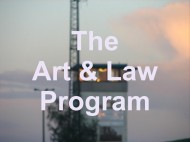So to speak. Although to some in the art industry Pornhub’s appropriation of classic artworks seems a bit tasteless. What do you think?
Will textualism save our copyright planet? Warhol Fdn v. Lynn Goldsmith headed to SCOTUS
Images of Goldsmith and Warhol at issue. The U.S. Supreme Court will review a ruling that an Andy Warhol print infringed a copyrighted photograph taken by photographer, Lynn Goldsmith, of the late musician, Prince. We certainly hope--as much as one can hope for anything these days--that SCOTUS cleans up the wasteland that has become of "fair use" interpretation. One would think, and hope I suppose, that with many of the sitting justices adhering to textualism, they will fully jettison the nonsensical "transformativeness" test that has plagued us like a really bad case of Covid since the mid-1990s. Docs here, via ...
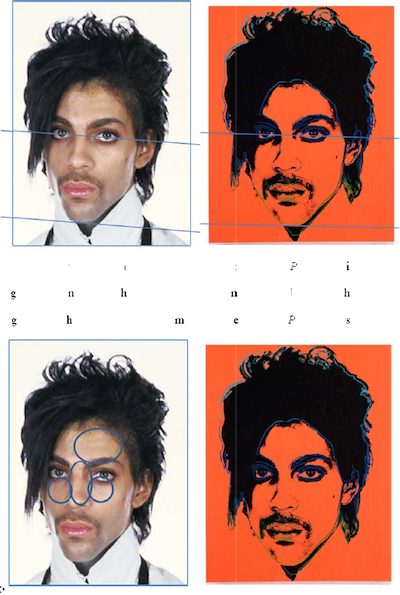

Podcast: Stephanie Drawdy and Sergio Munoz Sarmiento on All Things Art and Law
Ahh...Youth! Sergio Munoz Sarmiento. (2015 - ongoing), C-Print. © and TM Sergio Muñoz Sarmiento. All rights reserved. I had a lovely conversation with fellow lawyer and artist, Stephanie Drawdy, on the NFT craze, pets, art law, and the origins of The Art & Law Program. You can listen to the Podcast here. Hope you enjoy!
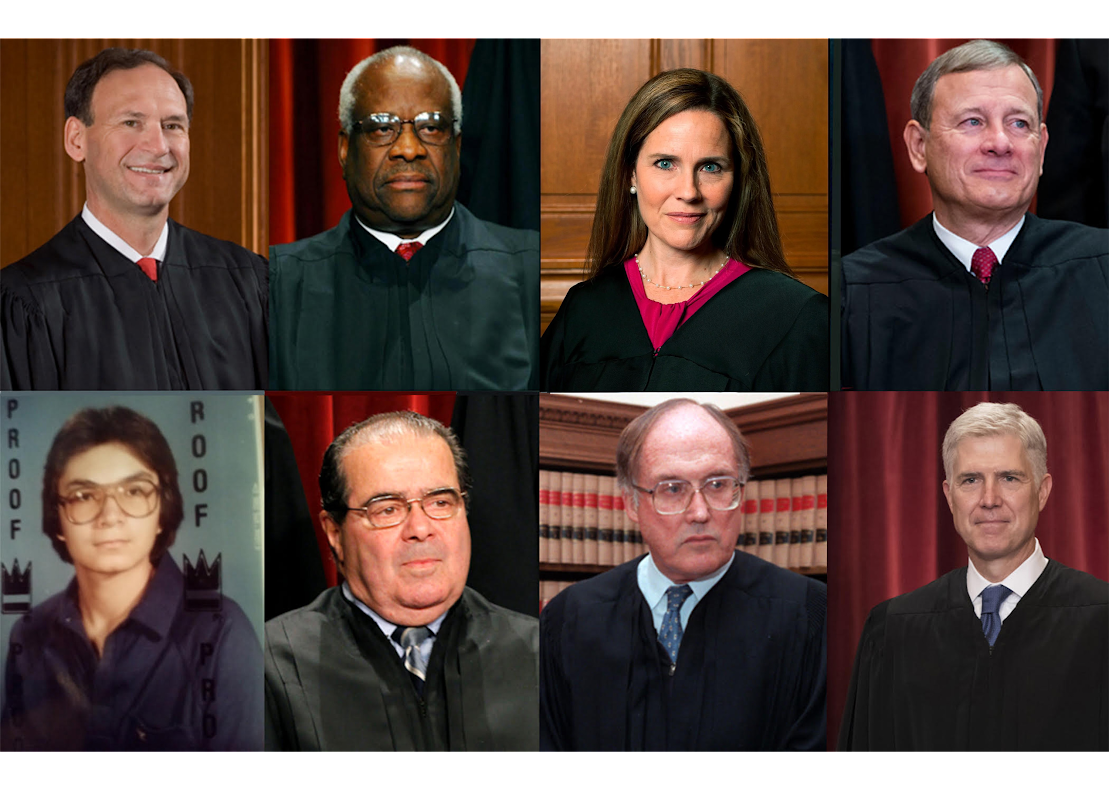

Marcel Duchamp archives now online, free of charge
The Philadelphia Museum of Art, the Centre Pompidou, and the Association Marcel Duchamp have digitized their vast archives of material on the Dadaist and placed it online, where it is free to all. Enjoy!
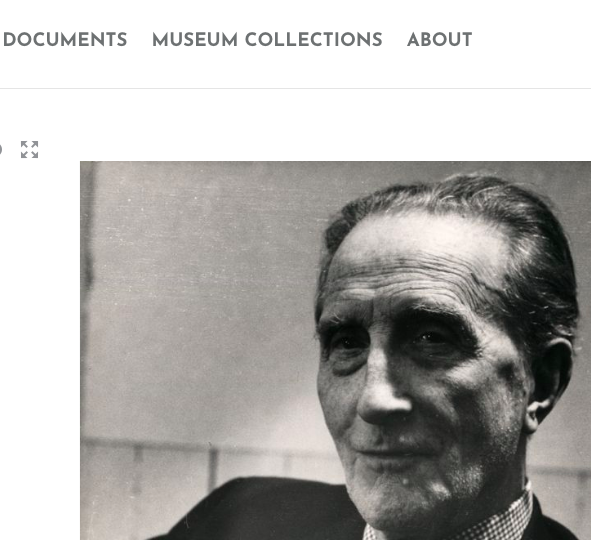

The Art & Law Coloring Book
If you have kids at home and want them to do something fun and educational, try the Art & Law Coloring Book, an ongoing project by The Art & Law Program. Really a great collection of drawings by great artists, including: Emma Jane Bloomfield Damien Davis Molly Dilworth João Enxuto Soda Jerk Clare Kambhu Alexandra Lerman Erica Love Douglas Melini Sergio Muñoz Sarmiento Melinda Shades Elisabeth Smolarz Gabriel Sosa Alfred Steiner Valerie Suter Happy coloring!
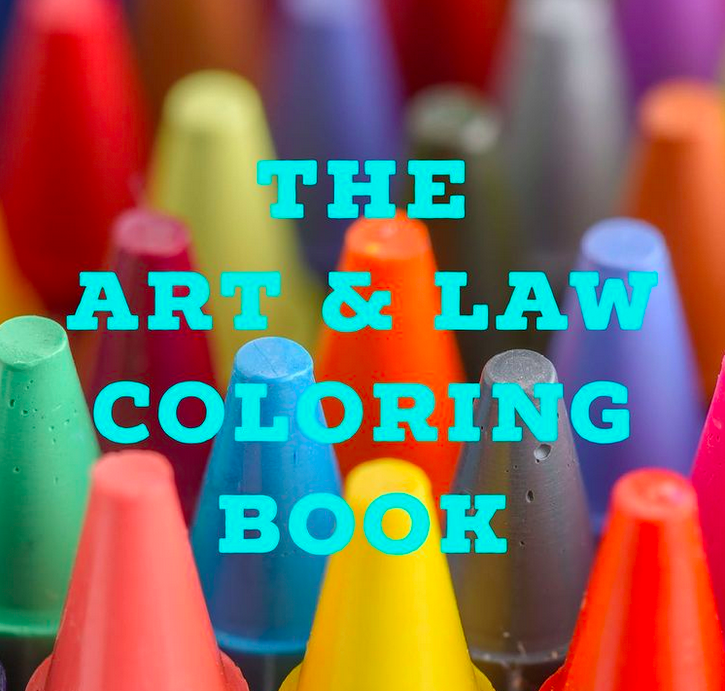

What are NFTs and what does it mean to own one?
If you're confused as to what the hell NFTs are, particularly art NFTs, here's a new article by Alfred Steiner that pretty much walks you through and safely out of the NFT hell. In his article, Steiner explains what NFTs are and what it means to own one. He also discusses why that meaning of ownership—which may appear novel to many—isn’t new at all when considered against the backdrop of the market for conceptual art. Steiner concludes with some observations about how NFTs may be good and bad for the art industry.


I’ve received a few emails asking why I haven’t posted since, well, sometime this past April. Summertime tends to be a bit slow in the art industry, and there really isn’t much going on art law-wise, so I feel no need to add fluff to fluff.
I’ll be back when there’s a there there. Happy summer!
I.e.- for the entire 2nd Circuit to reconsider their fair use argument.
Question: why not just give an Andy Warhol Foundation grant to Goldsmith and call it a day? ;o)

We conclude … that all four factors favor [Lynn] Goldsmith and that [Warhol’s] Prince Series works are not fair use as a matter of law. We further conclude that the Prince Series works are substantially similar to the Goldsmith Photograph as a matter of law.
Here’s my take. The 2nd Cir ruled that if the secondary work serves the same purpose as the first, in our case, both as works of visual art, and if the dominant component of the copyrighted works remains in the secondary work, then there is no transformativeness.
This ruling is devastating to some art folk for at least three reasons. One, it makes clear that judges should not play art critic, i.e.- not read into the work, by which I mean not read into it with preconceived notions of who is and isn’t a successful artist, as well as what an artwork means given external sources.
Two, the opinion makes clear that so-called “conceptual appropriation art” is not in and of itself transformative. What do I mean by “conceptual appropriation art”? It’s an artwork where the secondary work remains both recognizably deriving from and retaining the essential elements of the copyrighted work, and where art theory and art criticism suffice to make the secondary use “critical.”
Presumably, under the 2nd Circuit, an artist copying a copyrighted photograph corner-to-corner and adding only a simple element to the secondary work would be infringing the copyright holder’s copyright, even if the appropriationist argued that the secondary work “critiqued post-techne notions of the decentered post-colonial subject through Kantian and Hegelian narratives of the oppressed individual(s) as woven through the capitalist fabric of the Pez dispenser and the National Football League.”
The final punch in the gut is to those who believe in what the court calls, “celebrity-plagiarist privilege,” where “the more established the artist and the more distinct that artist’s style, the greater leeway that artist would have to pilfer the creative labor of others.” The fame or non-fame of the pilferer is not an issue within fair use.
A major question art historians and artists will have to grapple with now, certainly in the New York artworld (within the 2nd Circuit’s jurisdiction), is whether conceptual appropriation art has run its course. According to the Second Circuit, it has.
Opinion here. Donn Zaretsky has his thoughts here.
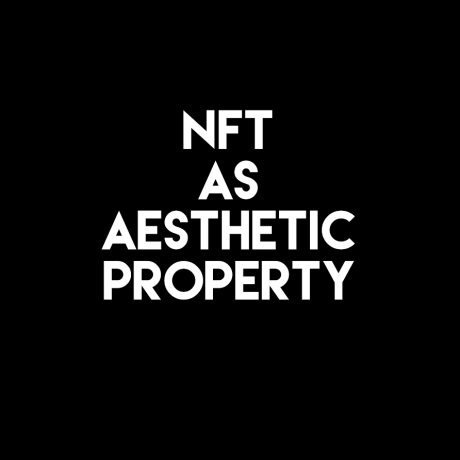
If you’re still lost as to what the fundamentals of NFTs are, I explain it here in an art & law essay from 2008, including how NFT’s are really not anything new but rather just another property right, albeit one that could revolutionize art.
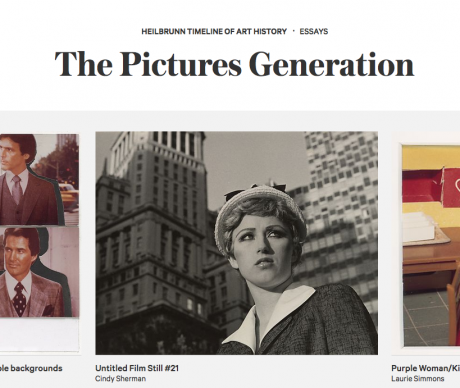
After hearing that Metro Pictures gallery would close at the end of this year, I woke this morning thinking of an interview I did with artist and dean of the CalArts School of Arts, Tom Lawson, almost 15 years ago, which contains Lawson’s poignant thoughts on the origins of Metro Pictures.
More here.
Clancco, Clancco: The Source for Art & Law, Clancco.com, and Art & Law are trademarks owned by Sergio Muñoz Sarmiento. The views expressed on this site are those of Sergio Muñoz Sarmiento and of the artists and writers who submit to Clancco.com. They are not the views of any other organization, legal or otherwise. All content contained on or made available through Clancco.com is not intended to and does not constitute legal advice and no attorney-client relationship is formed, nor is anything submitted to Clancco.com treated as confidential.
Website Terms of Use, Privacy, and Applicable Law.
